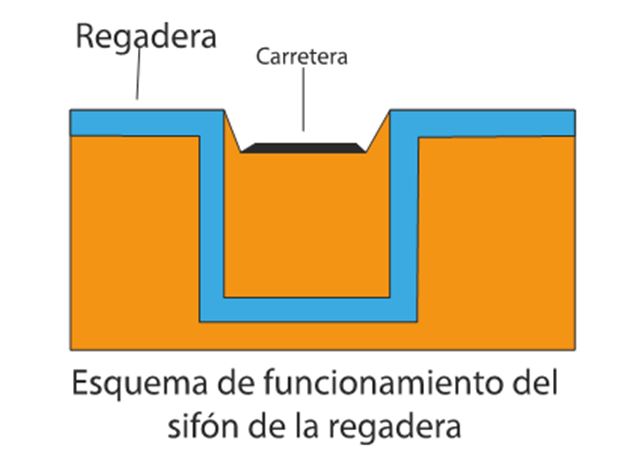ROUTE 1 WAYPOINT 3 AND ROUTE 3 WAYPOINT 20
Waypoint 3: External karstic processes (Map route 1) (Map route 3)
Limestone is a carbonated rock (CaCO3), this means that when water is involved, dilution processes will appear, especially associated to surface water and groundwater. This generates what we denominate as karst, several morphologies associated with dilution of carbonated rocks.
Particularly, here we can find what we call exokarst, morphologies of the landscape associated tu surface water flow in limestone. It stand out the limestone relief, a portion of terrain that resemble blades attached to the floor. They are formed as water slowly disolves limestone creating grooves deeper and deeper, leaving elevated areas which are the one that resemble sharp-edged blades.
Even more, it is outstanding to view in detail the first bar, there are places where the rock has been recently fragmented which let us see clearly the rock.
It is a white limestone, with an homogeneous look with lots of fragments from different type of fossils.





Comentarios
Publicar un comentario